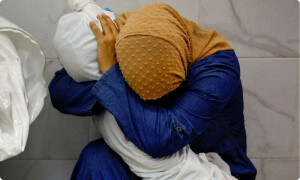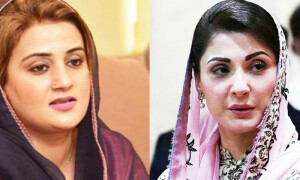Currency depreciation is not something to be worried about — in normal conditions. Currencies constantly adjust their price downwards in response to high inflation and other economic factors.
This helps a country’s exports stay competitive in international markets, boosts domestic productivity and grows the economy. But such a steep fall in the value of a currency as witnessed in the case of the rupee of late, reveals far deeper economic problems: low productivity, narrow export range, high import dependency, galloping price inflation etc.
The uninterrupted decrease in the value of the home currency since mid-May has only exacerbated the economic gloom and is pushing food and energy price inflation.
On Friday, the rupee closed at an all-time low of 175.73 to a dollar. The home currency has lost 13.34pc and 10.35pc since May 14 and July 1, respectively, mainly in response to the growing current account deficit on the back of a spike in imports because of the government’s expansive pro-cyclical policies.
The deficit has already soared to $3.4bn or 4.1pc of GDP in the first quarter of the current fiscal against the central bank’s projection of 2pc-3pc for the entire financial year.
Read more: Dollar touches new all-time high at Rs176 in interbank trade
Delays in the resumption of the $6bn IMF loan programme and uncertainty in Afghanistan aren’t helping either. Foreign exchange reserves have declined to $17.3bn from $19.2bn in early October.
The State Bank’s curbs on imports and the purchase of the greenback from the open market have also failed to arrest the decline of the exchange rate.
The only time we saw the rupee appreciate since Jan 1 was in the last week of October when Saudi Arabia agreed to place safe deposits of $3bn with the State Bank and supply oil worth $1.2bn on deferred payments for the next 12 months. The promise is yet to materialise. And when — if — it does, it will lift the rupee only temporarily.
With no signs of help from anywhere, the rupee’s downward trajectory is unlikely to reverse for now. Plans to fetch dollars from the international bond markets hinge on its ability to strike a deal with the IMF. Until (borrowed) dollars arrive from somewhere, the government will continue to depend on remittances to meet its current account deficit and slow down the pace of the haemorrhaging of reserves built through past borrowings.
The exchange rate is the first line of defence against external shocks. How long it can sustain against the relentless pressure on it is anybody’s guess.
Published in Dawn, November 14th, 2021










































